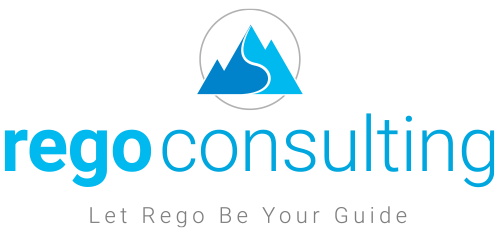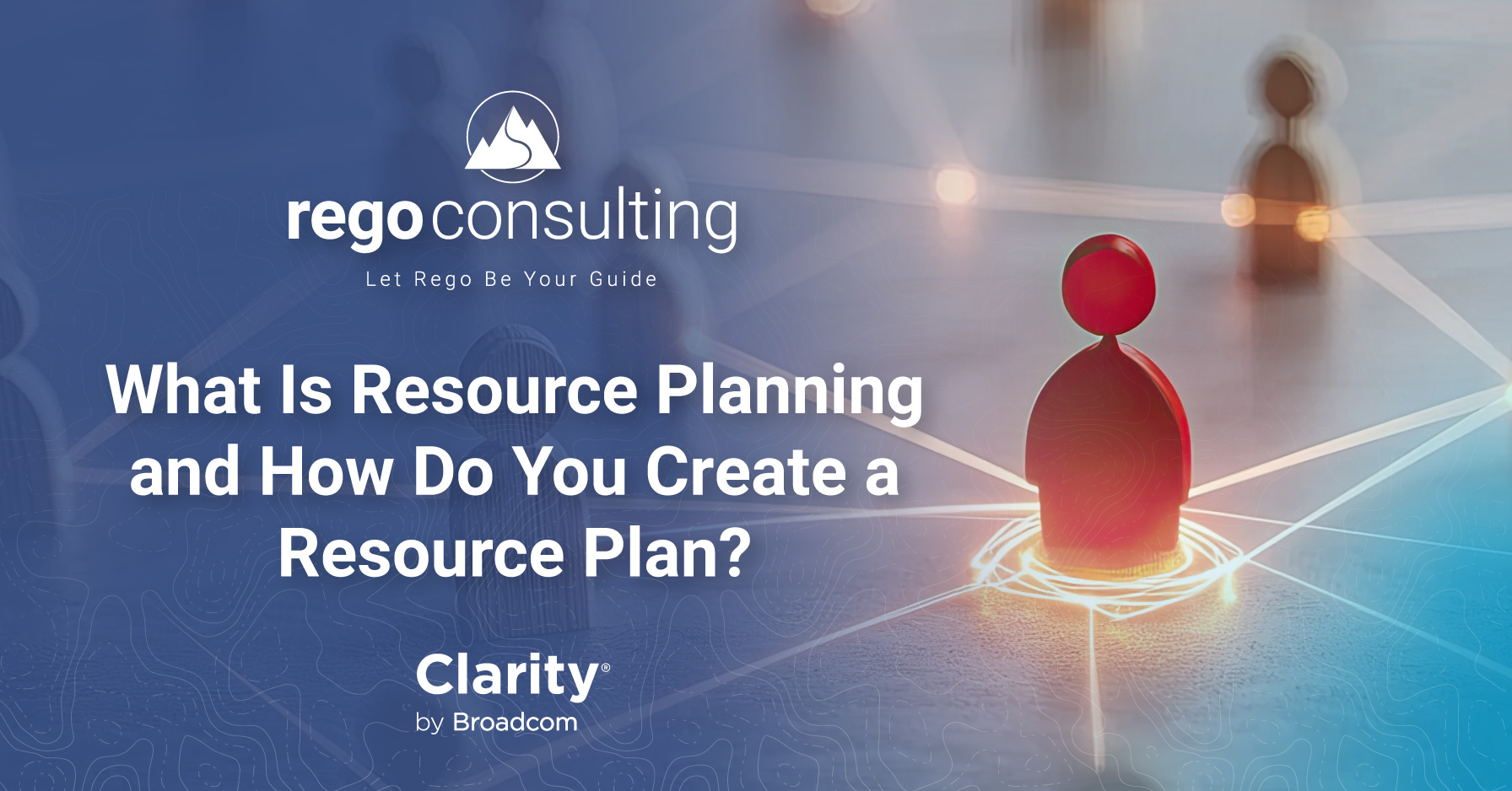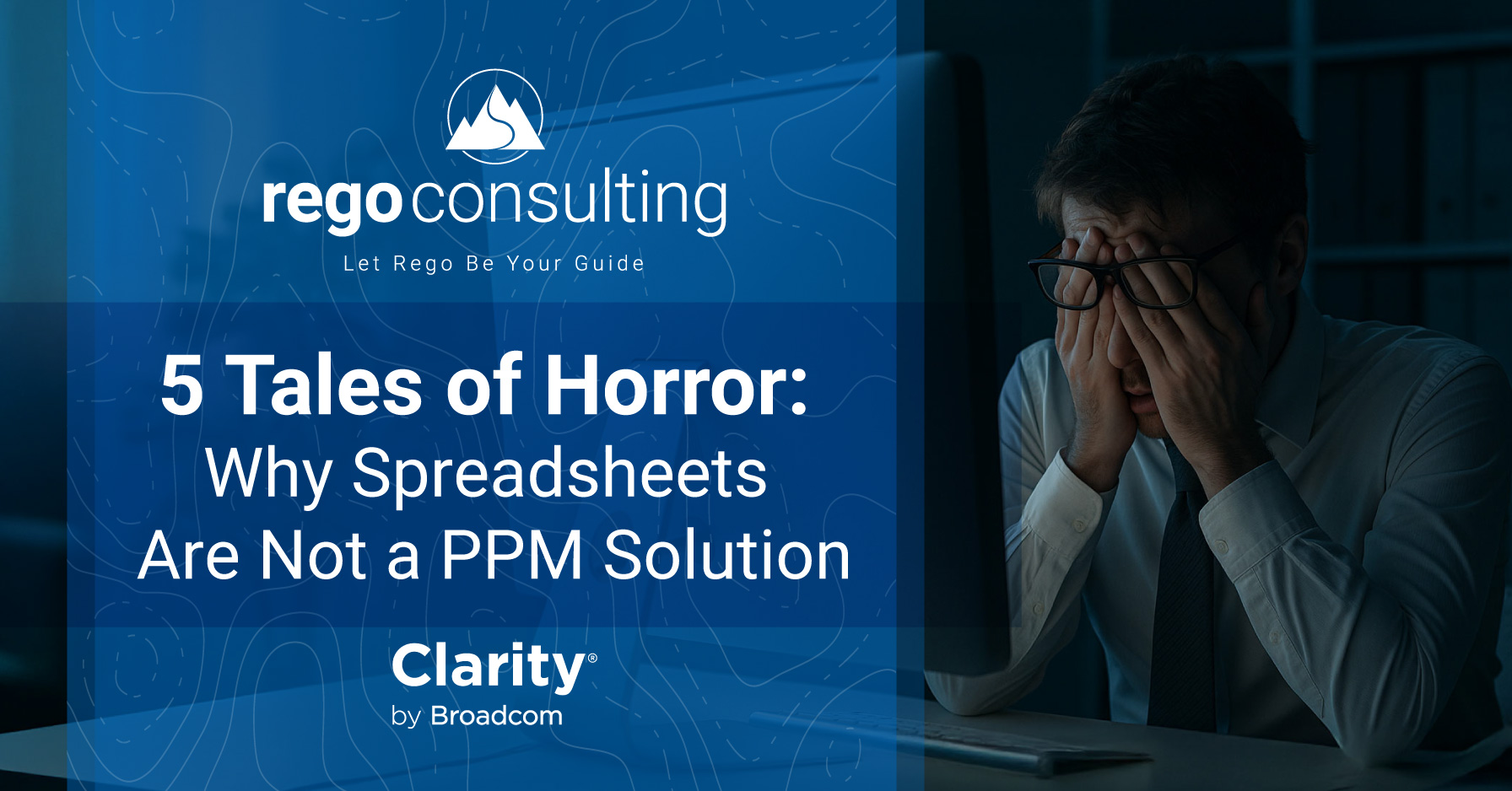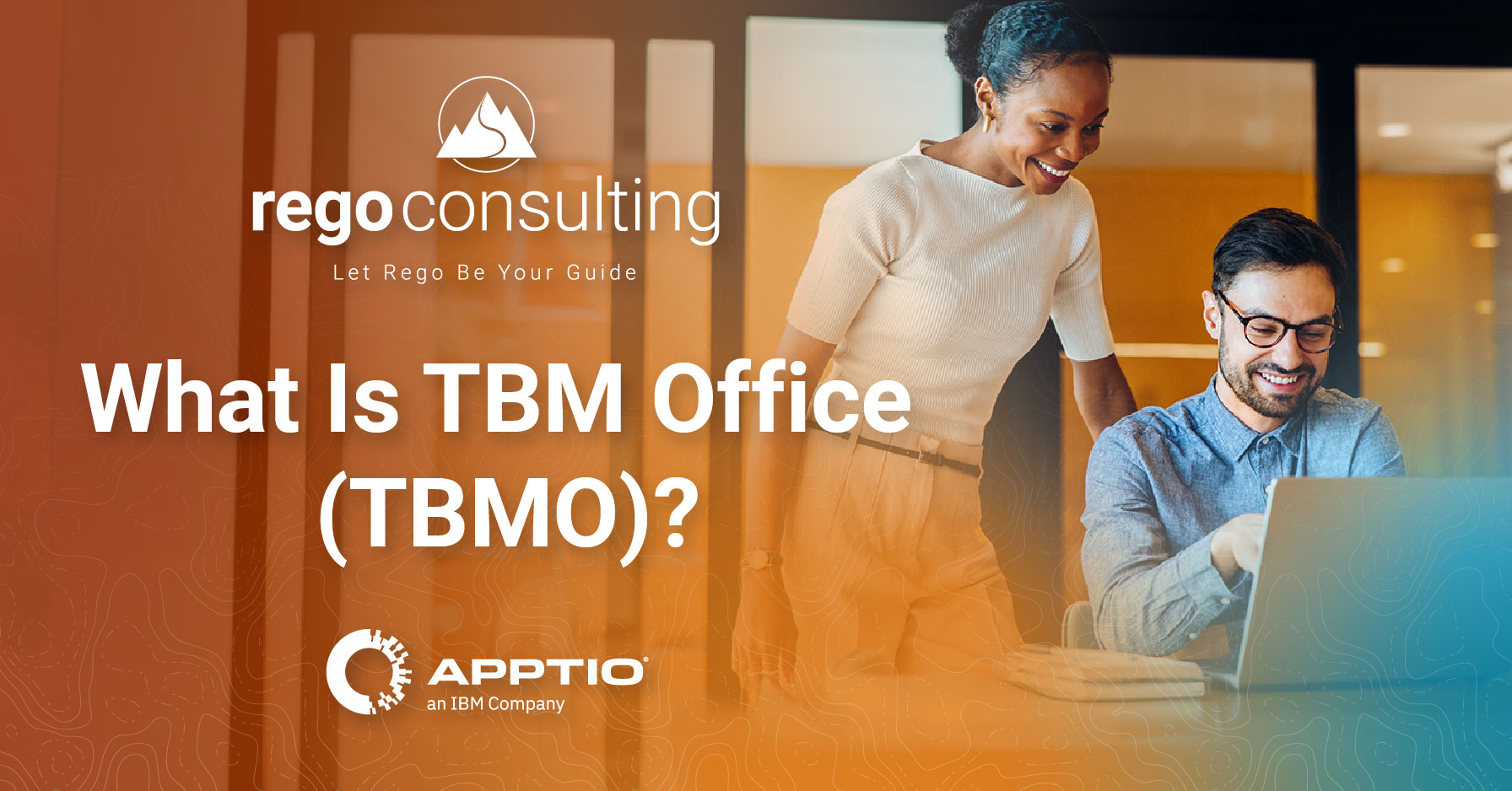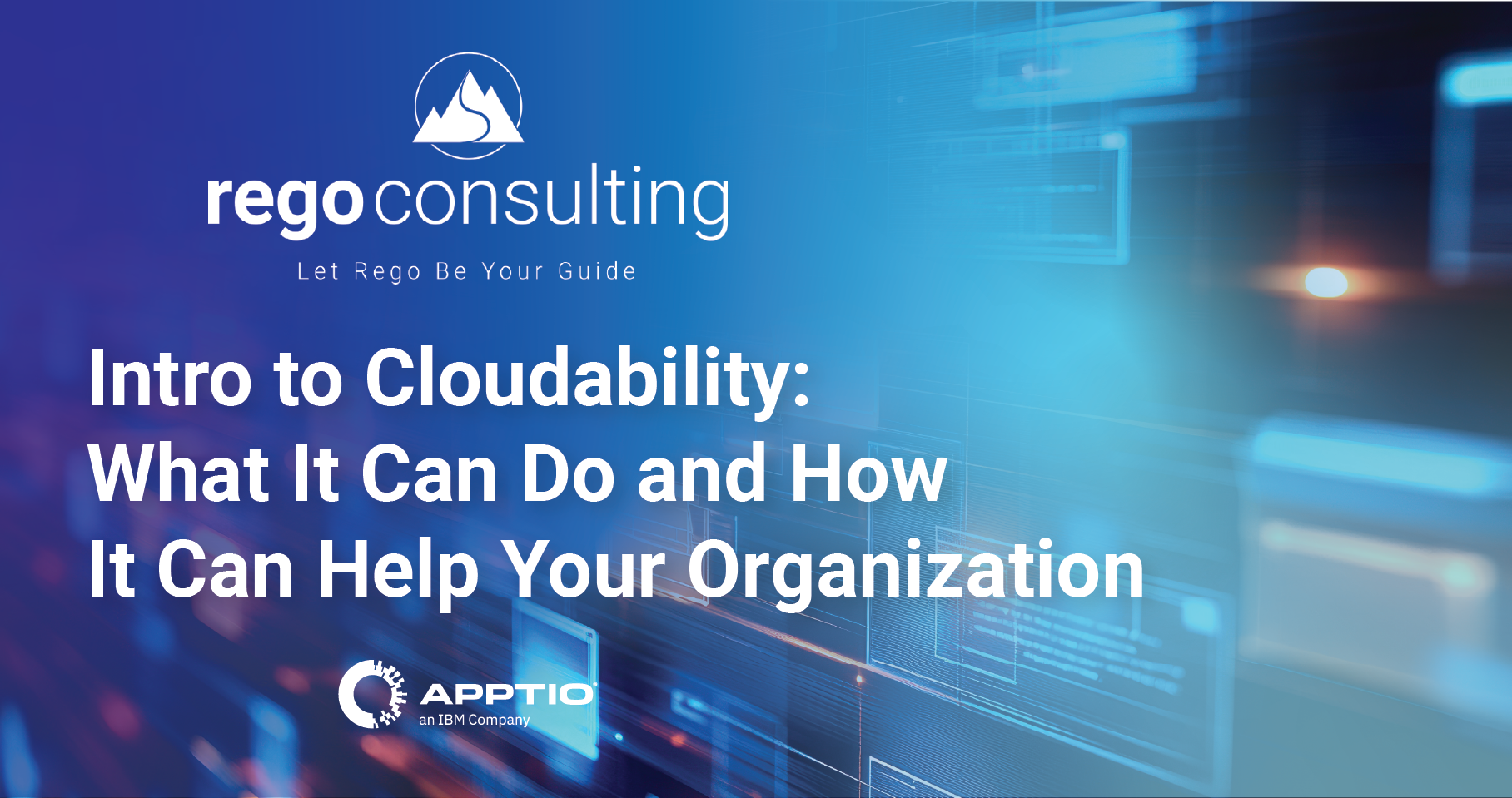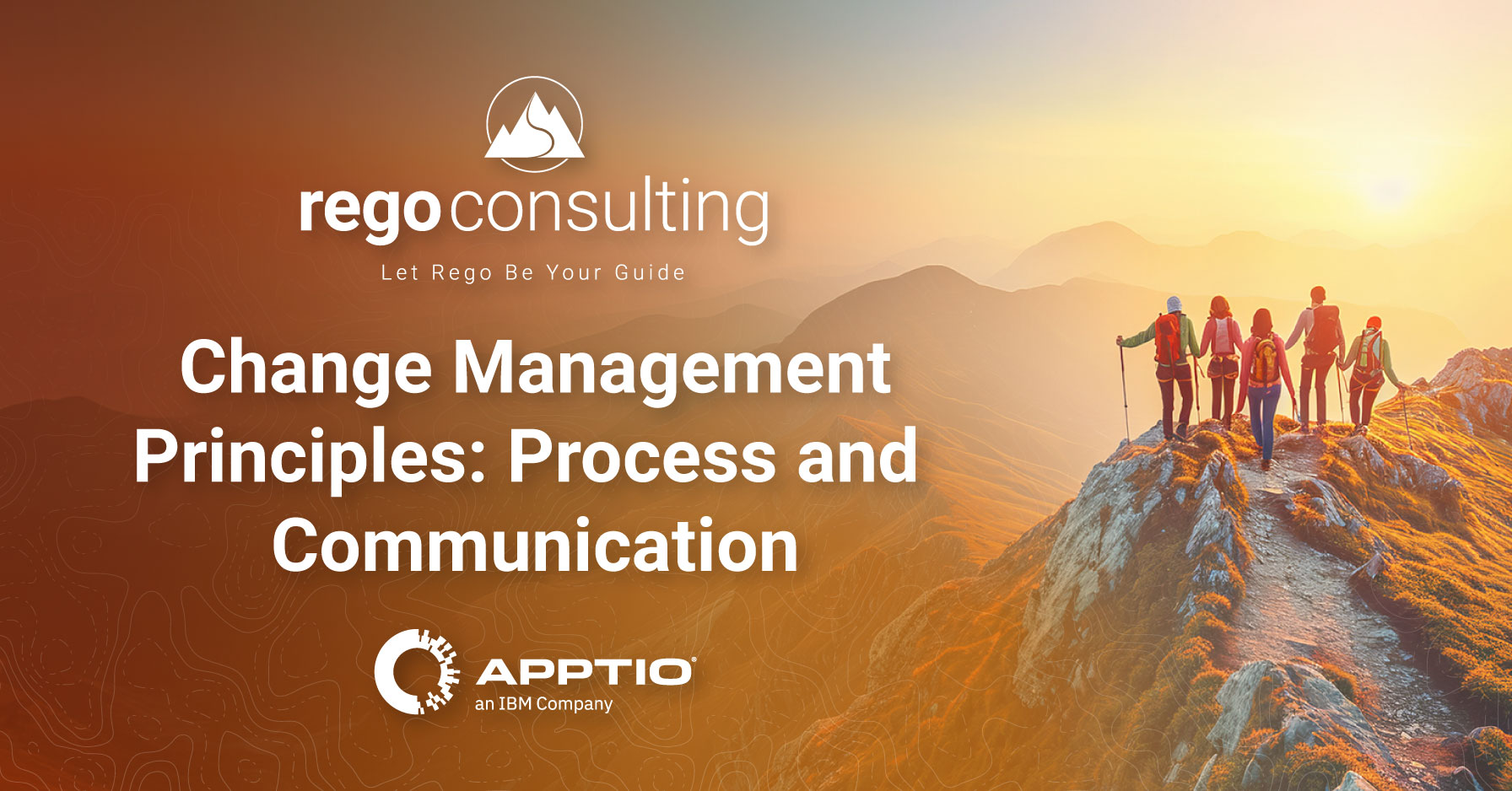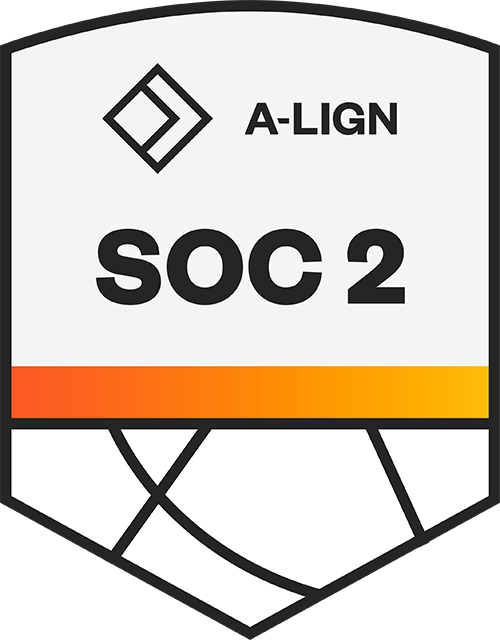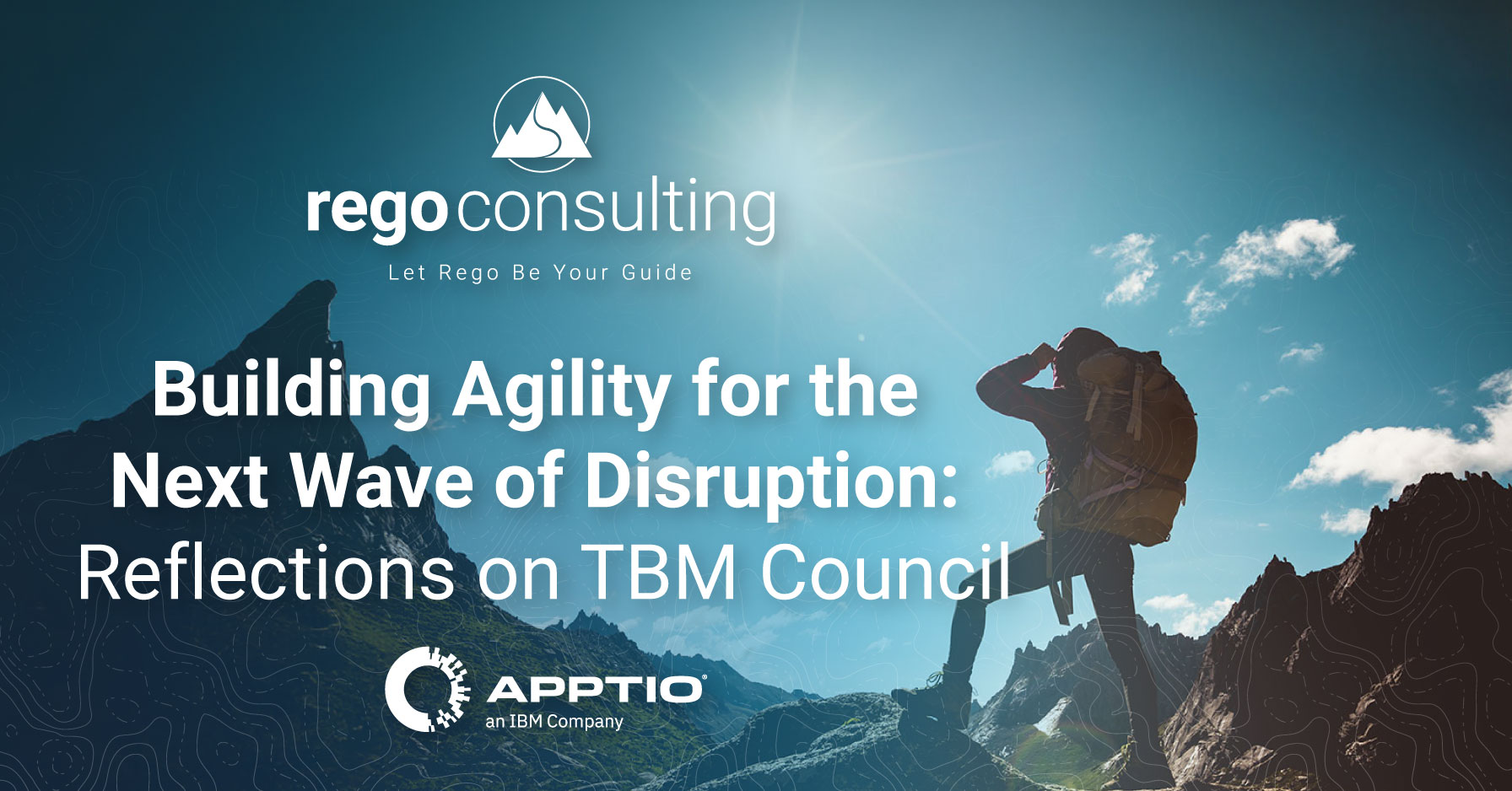
 I recently joined Rego Consulting in a strategic advising role in the Technology Business Management (TBM) space. I knew Rego Consulting had a proven track record of helping customers in their TBM journey, but talking with members of their team piqued my interest. They were genuine, intelligent about TBM principles, and spoke passionately about helping their customers. They promoted a philosophy of building long–term relationships, doing what’s right for the customer, and instilling a flexible culture for team members so we can perform at our best.
I recently joined Rego Consulting in a strategic advising role in the Technology Business Management (TBM) space. I knew Rego Consulting had a proven track record of helping customers in their TBM journey, but talking with members of their team piqued my interest. They were genuine, intelligent about TBM principles, and spoke passionately about helping their customers. They promoted a philosophy of building long–term relationships, doing what’s right for the customer, and instilling a flexible culture for team members so we can perform at our best.
I recently had the pleasure of attending the TBM (Technology Business Management) Council Executive Board Invitational, which was held in Chicago this past June. Every time I attend one of these gatherings, I’m reminded of how valuable it is to reconnect with this community. It’s always great to see familiar faces — many of whom I’ve known since 2007, well before TBM formally existed. The relationships we’ve built over the years make the event not just professional but deeply personal.
Because of the impact these discussions had on me, I wanted to share some highlights and key takeaways from the sessions.
Core Theme: Building Agility
The central theme of this year’s Invitational was: “Build agility for the next wave of disruption.”
That theme is crucial — not only is it relevant, but it’s essential in today’s fast-moving technology landscape. Disruption is no longer a rare event; it’s a constant. Agility is what determines whether organizations survive, adapt, and ultimately thrive when the unexpected happens.
Because of the impact these discussions had on me, I wanted to share some highlights and key takeaways from the sessions.
Why? It’s related to a common theme I was seeing across agencies and at networking functions. It‘s increasingly common to hit a “TBM adoption stalemate,” like getting stuck at the Towers layer, and not being able to realize value. It’s not a complete overstatement that I’ve been asked multiple times,
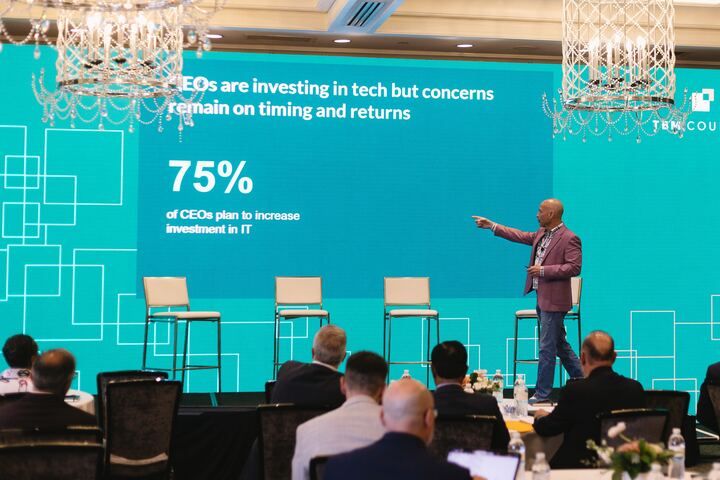
Key Sessions
The agenda this year was rich with insights, covering the full spectrum of how technology leaders can drive value in their organizations. Here are a few sessions that stood out to me.
Tech Value Insights from CXOs
This discussion explored how top executives are leveraging technology not just to streamline operations, but to innovate and evolve their business models. It was a reminder that technology, when managed effectively, is a growth engine, not just a cost center.
CFO Mindset on Tech
This panel, featuring finance leaders including CFOs from HireRight and Wells Fargo, focused on how TBM is reshaping financial decision-making. It was fascinating to see finance leaders embracing TBM principles to ensure smarter, data-driven technology investments.
TBM by Design
This session provided practical guidance on embedding TBM into the fabric of an organization — teams, architectures, and processes. It reinforced that TBM isn’t just a framework, but a discipline that works best when integrated deeply into how organizations operate.
Optimal TBM Operating Model
Council leadership shared key insights into how companies can build a more effective and scalable TBM framework. It was both strategic and pragmatic, balancing long-term vision with the day-to-day execution.
Four Corners Peer Networking
One of the more intimate parts of the event, this networking session (led by the TBM Council Executive Director) gave us a chance to connect directly with peers. These conversations often spark some of the best insights—real-world stories from leaders tackling the same challenges we face.

Artificial Intelligence
It’s no surprise that artificial intelligence (AI) was a major discussion point. The dedicated session, “How AI is Transforming Technology Business Management,” was both timely and thought-provoking.
TBM has always focused on transparency, optimization, and aligning technology spend with business value. AI adds an entirely new dimension. By automating insights, forecasting trends, and enabling faster decision-making, AI has the potential to accelerate TBM’s impact across the enterprise.
Here are a few of the most compelling points from that discussion:
Cost Transparency and Optimization
- AI can analyze massive volumes of spending data—from cloud to infrastructure, SaaS, and labor—much faster than manual TBM models.
- It identifies anomalies, waste, or underutilized resources automatically.
- Perhaps most importantly, it predicts cost overruns before they occur.
Cloud FinOps Enhancement
- AI improves cloud cost forecasting beyond the limitations of static TBM reports.
- It recommends the optimal mix of reserved versus on-demand cloud instances.
- It also automates right-sizing and lifecycle management to ensure costs align with usage.
Value Measurement
- TBM already connects technology spend to value. AI enhances this by quantifying business outcomes with greater precision.
- Machine learning models can link metrics — such as speed, quality, and risk reduction — to measurable business KPIs, like customer satisfaction and revenue growth.
Decision Intelligence
- AI-powered TBM dashboards enable “what-if” scenario planning, such as:
- “If we shift 20% of infrastructure spend to cloud, how does that impact cost and speed?”
- “If we reduce vendor spend, what does that mean for risk and resilience?”
- This type of modeling brings clarity and confidence to executive decision-making.
Automating TBM Processes
- Natural Language AI is making TBM reporting conversational. Imagine asking, “Explain last quarter’s SaaS spend variance,” and getting a clear, immediate answer.
- AI reduces the manual effort required for data gathering, classification, and visualization.
- By automating routine work, IT Finance and TBM teams can spend more time focusing on strategy rather than spreadsheets.
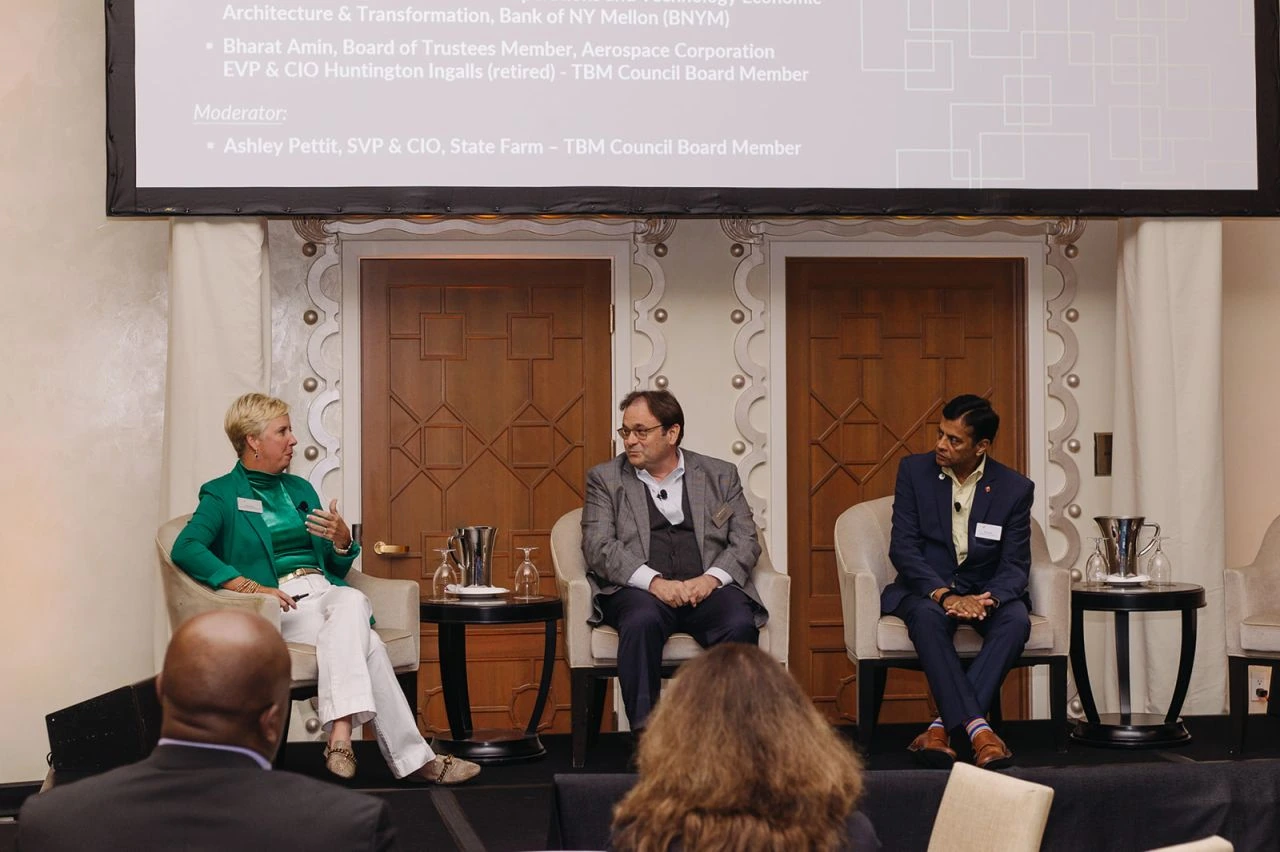
Why AI Matters
The power of these discussions lies in their practicality. AI is a real opportunity to give employees and leadership more time to focus on strategy, enabling the TBM to do more. By letting AI handle routine tasks, leaders can go back to what they do best: leading the business, inspiring innovation, and driving growth.
For me, this session crystallized the future of TBM. Yes, it’s about financial discipline, but it’s also about empowerment. When AI and TBM work together, they can put leaders in the driver’s seat of strategy while ensuring organizations remain agile, efficient, and ready for disruption.
Looking Ahead: The TBM Conference in Miami
The upcoming TBM Conference in Miami, November 10–12, will be an event not to be missed. The agenda looks packed with insights for any organization — whether you’re just exploring TBM, actively implementing it, or refining your practices.
I’ll be there, and I hope to see many of you as well. Conferences like these are about more than sessions; they’re about connecting with peers, sharing lessons learned, and leaving with fresh perspectives you can bring back to your organization.
Let Rego Be Your Guide to TBM
If your organization is looking to explore TBM or take your current practices to the next level, you don’t have to do it alone. At Rego Consulting, we’ve built deep expertise in TBM and can help organizations design and implement frameworks that work. We also have expertise in tools such as Apptio to make the transition smoother. Having expertise in the framework, practice, processes, and tools to enable your organization are the keys to success.
If you’d like to join the conference or learn more about how we can help your business with TBM, developing a TBMO, or Apptio, let’s connect. Feel free to reach out to me directly at tim.pietro@regoconsulting.com. I love to answer questions, discuss whether TBM is right for your organization, or provide discounted passes to the upcoming Miami conference.
Just as final thoughts … attending the TBM Council Executive Board Invitational was a powerful reminder of why this community matters. The world of technology and business is changing faster than ever. The key is agility. And with TBM, tools such as Apptio, and AI, we have everything in place – the power to make better decisions and do more.

